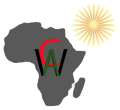Multicultural Education for the Promotion of Unity and Peaceful Cohabitation in Cameroon
- Home
- Past Project
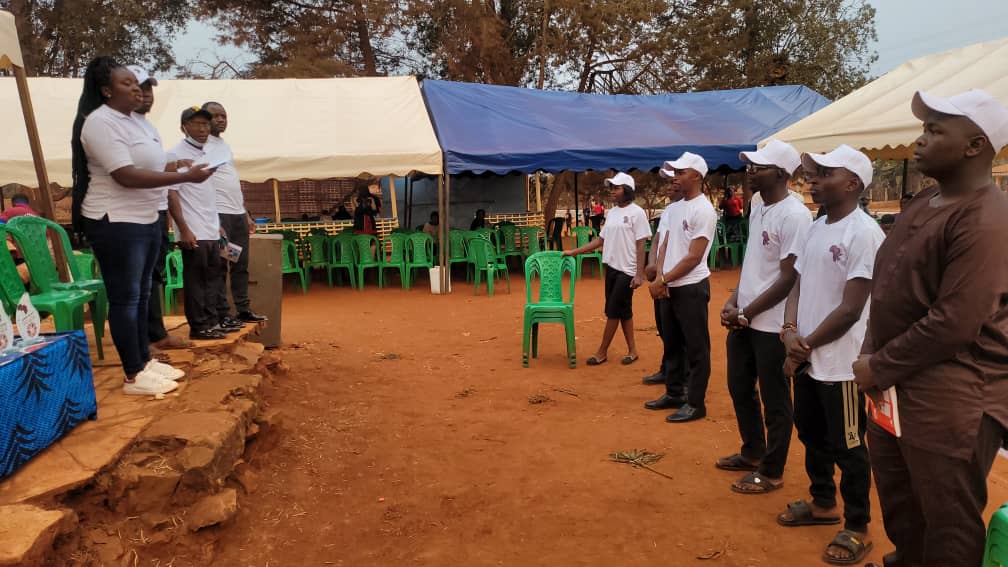
Introduction
The Multicultural Education for the Promotion of Unity and Peaceful Cohabitation in Cameroon project was initiated by Africa Culture Window (ACW) to address these challenges. By using multicultural education as a tool, the project aimed to promote national unity, encourage cultural tolerance, and foster peaceful co-existence among Cameroonian youth.
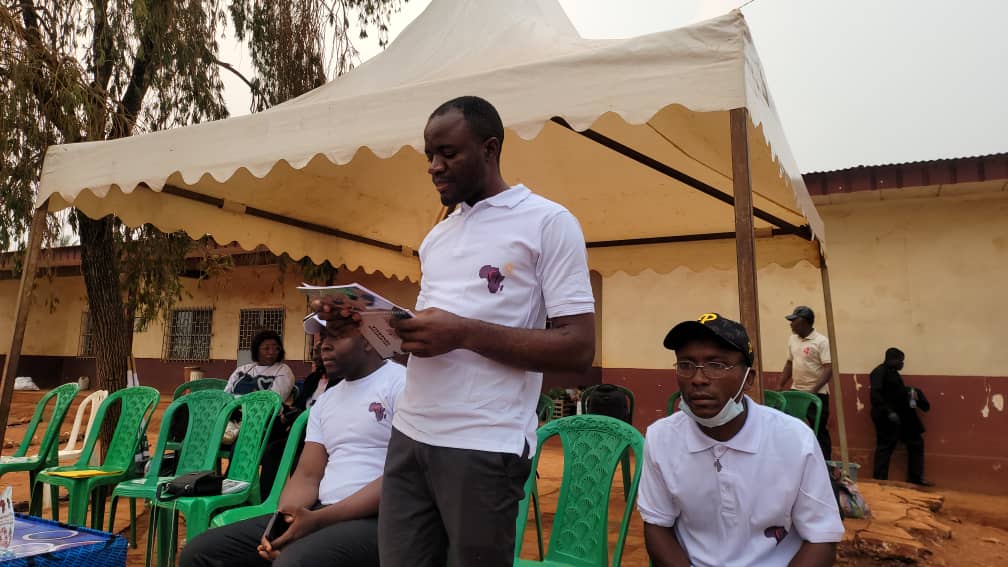
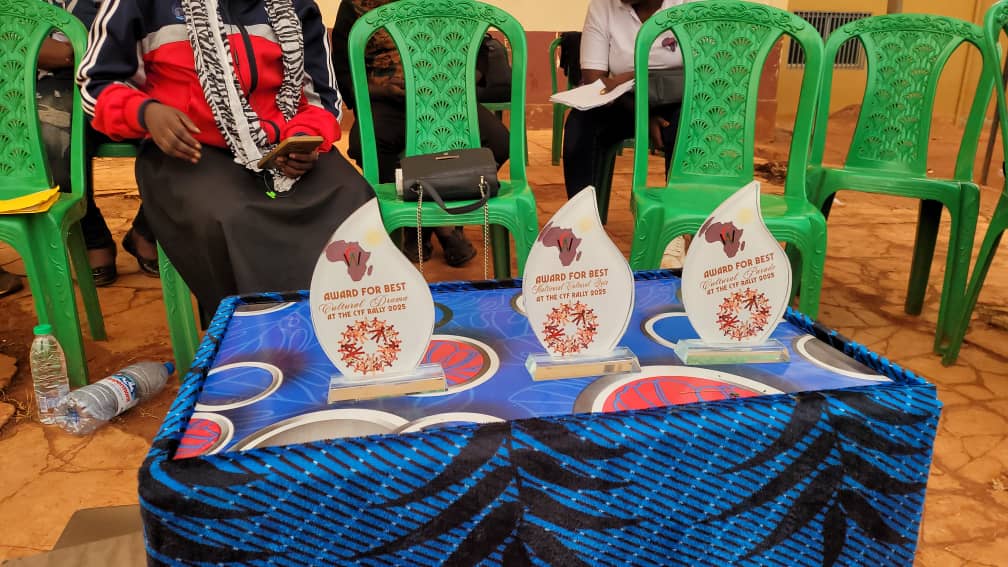
Problem Statement
Despite Cameroon’s cultural wealth, divisions along ethnic, linguistic, and regional lines have contributed to misunderstandings and tensions. Many youths grow up with limited knowledge of cultures outside their own, leading to stereotypes, discrimination, and, in extreme cases, conflict. Additionally, bilingualism, a unifying factor in the country, is underutilized, with many young people struggling to communicate in both national languages.
Without intentional efforts to promote cultural understanding, these divisions could widen, threatening national unity and social cohesion. This project sought to bridge these cultural gaps by fostering dialogue, education, and interaction among youths from different backgrounds, emphasizing that diversity should be a source of strength rather than division.
Project Objectives
- Promote cultural diversity as a tool for national unity through education and interactive activities.
- Foster peaceful cohabitation by encouraging cultural tolerance and respect among youths.
- Enhance bilingualism as a means of strengthening communication and national identity.
- Create a sustainable youth movement, the Cameroon Youths Multicultural Movement (CYMM), to continue promoting peace and cultural appreciation.
- Celebrate cultural heritage through experiential learning, such as quizzes, cultural displays, and traditional performances.

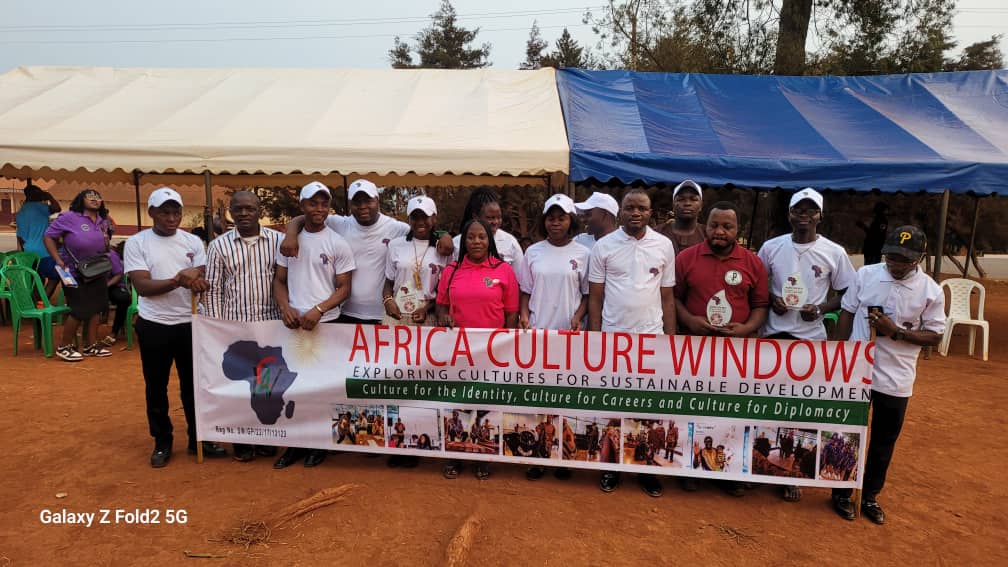
Activities Implemented
1. Multicultural Education Sessions
- Conducted workshops and discussions on Cameroon’s cultural diversity, history, and the role of bilingualism in national unity.
- Explored the impact of stereotypes and cultural misunderstandings on social cohesion.
- Encouraged participants to share personal experiences and learn from each other.
2. Cultural Manifestation and Exchange
- Organized cross-cultural displays, where participants showcased their traditional attire, music, dance, and food.
- Facilitated storytelling sessions, allowing participants to share the significance of their cultural heritage.
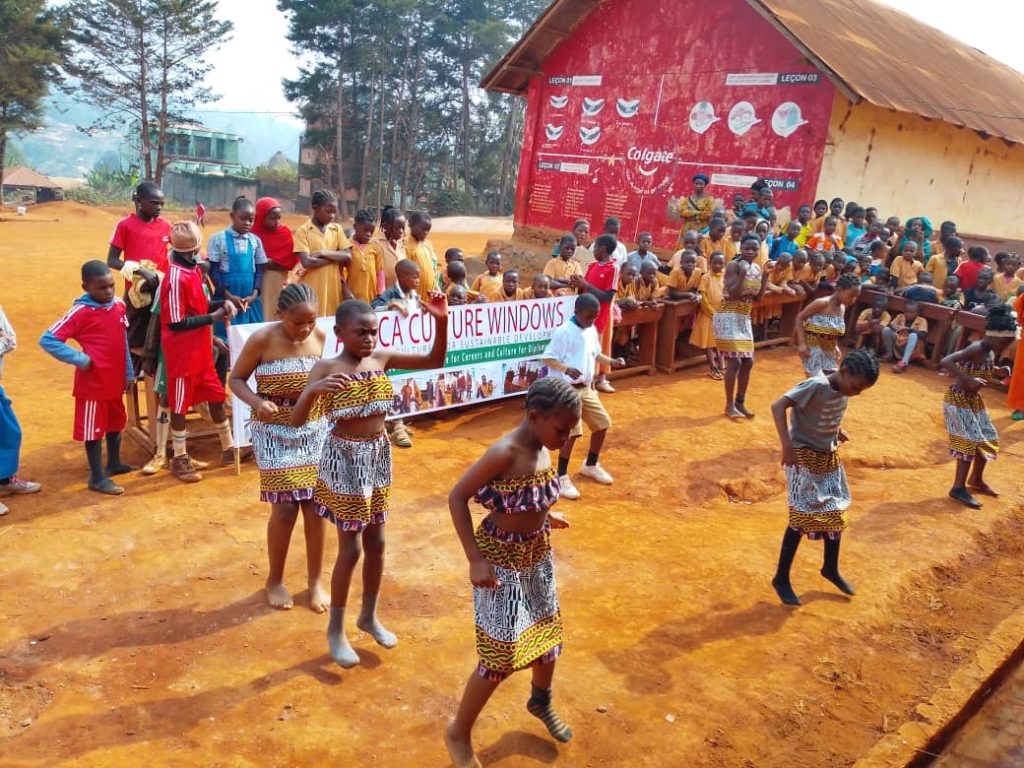
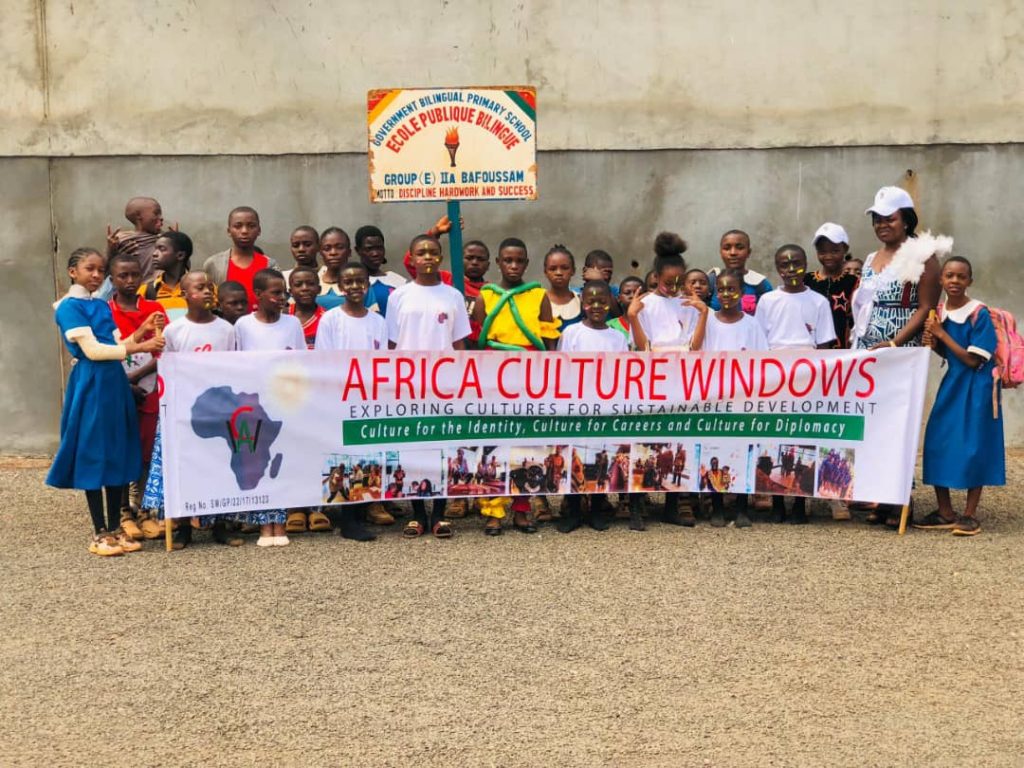
3. Multicultural Quiz Competition
- Hosted a quiz competition on Cameroon’s cultural diversity, languages, and traditions.
- Prizes were awarded by ACW organizers to encourage active participation.
4. Creation of the Cameroon Youths Multicultural Movement (CYMM)
- Established a youth-led platform to continue promoting multicultural education and peaceful cohabitation.
- Designed an action plan for CYMM to organize future cultural exchange programs and peace building initiatives.
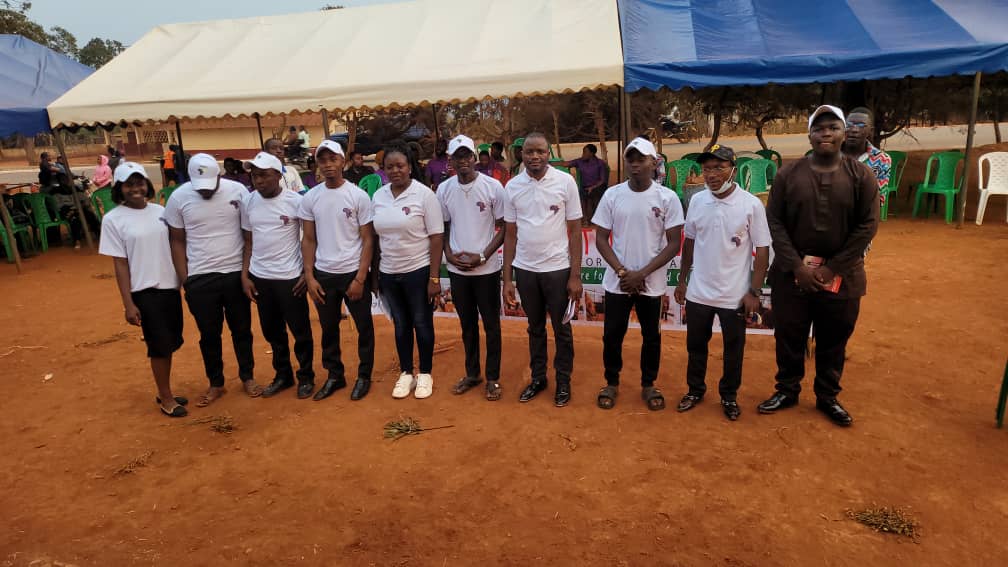
Project Impact & Outcomes
- Over 500 youths were empowered with knowledge on cultural appreciation and peaceful cohabitation.
- Increased awareness of bilingualism as a unifying factor in Cameroon.
- Strengthened interethnic relationships among participants.
- Successfully launched the Cameroon Youths Multicultural Movement (CYMM) as an ongoing initiative.
Challenges Encountered & Lessons Learned
Challenges
- Language barriers made communication between some participants difficult.
- Logistical constraints limited the number of cultural materials available for exhibitions.
- Cultural sensitivity required careful moderation of discussions.
Lessons Learned
- Interactive methods like quizzes and cultural displays increase youth engagement.
- Bilingual facilitation is essential for inclusive participation.
- Establishing a youth-led movement ensures the sustainability of the initiative.
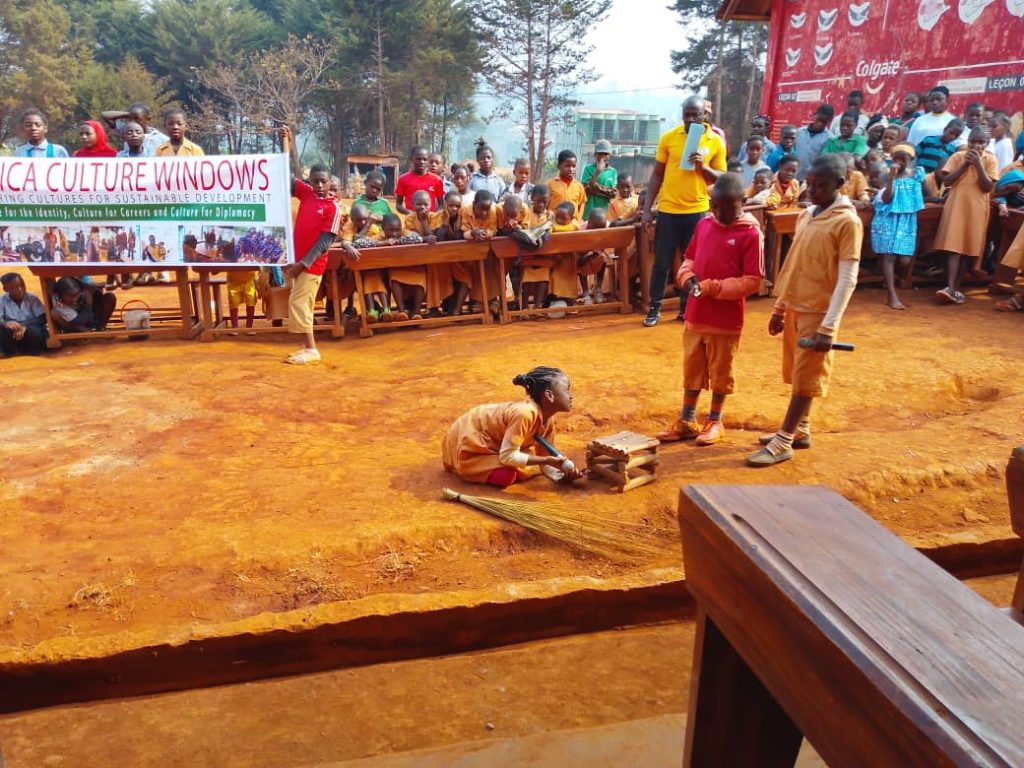
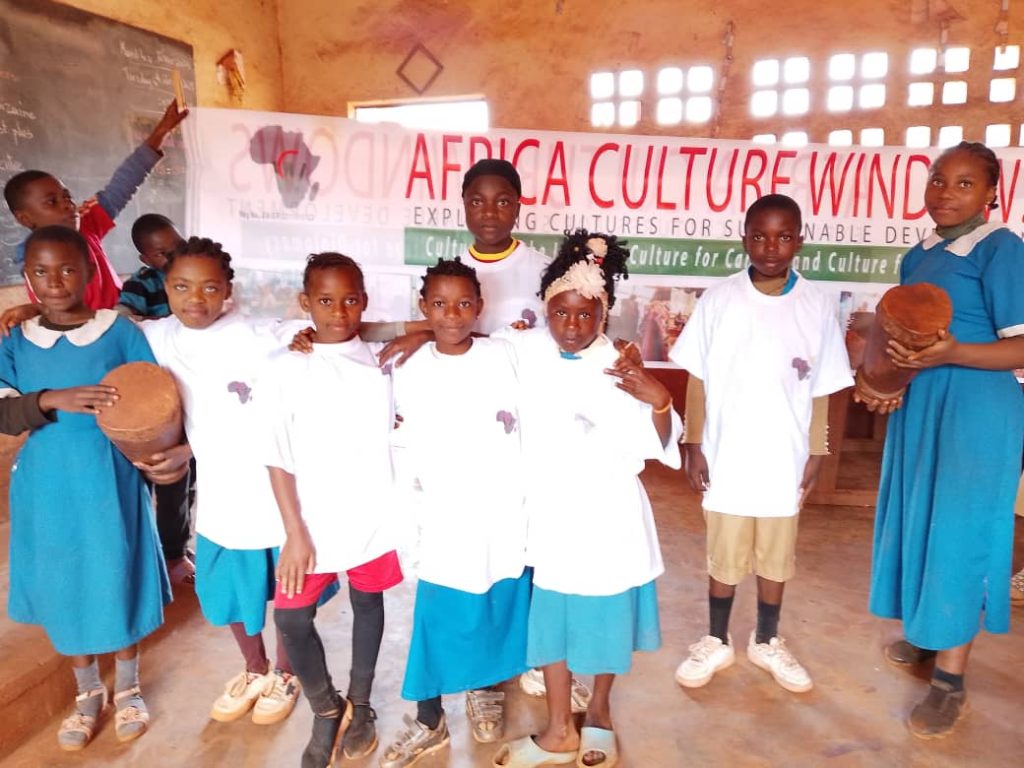
Conclusion & Next Steps
Future Recommendations
- Expand the project to other regions in Cameroon to reach a wider audience.
- Collaborate with schools, cultural institutions, and government bodies for broader impact.
- Seek funding and sponsorships to scale up activities.
By fostering a culture of mutual respect, understanding, and unity, this project has demonstrated that Cameroon’s diversity is strength, not a weakness.
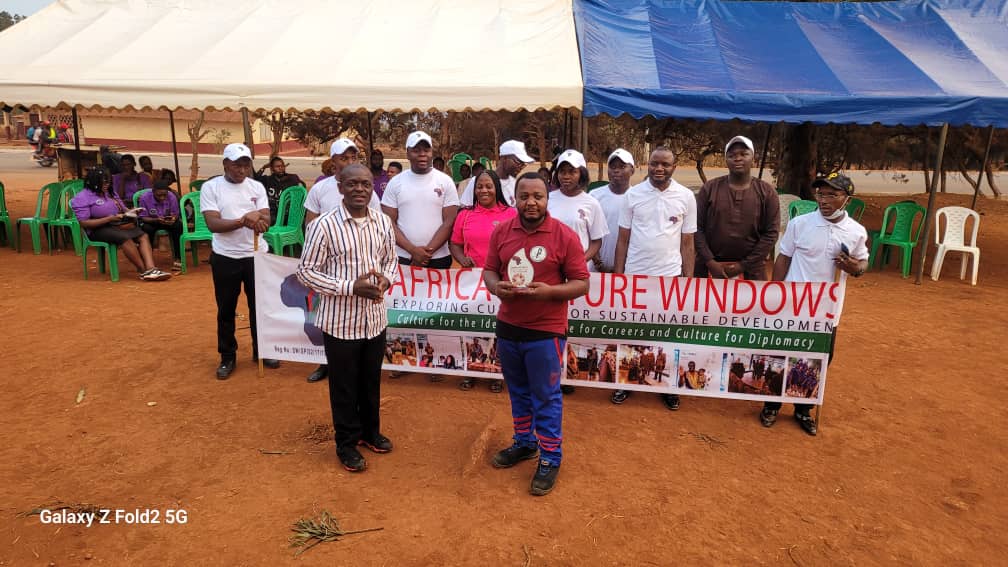
KEY INFORMATION
Project Title
Multicultural Education for the Promotion of Unity and Peaceful Cohabitation in Cameroon
Project Beneficiaries
Beneficiaries included youths, local communities, schools, civil society organizations, and government stakeholders, all contributing to a more inclusive and harmonious society.
Project Executor
Africa Culture Window (ACW)
Executor Contacts
(+237) 675369399
+82 10-7463-8409
Executor Head Office
P.O BOX 149 Bafoussam, West Region Cameroon
Popular Posts
Posts not found
Share on Social Media
Warning: [snuffleupagus][0.0.0.0][config][log] It seems that you are filtering on a parameter 'var_array' of the function 'extract', but the parameter does not exists. in /home/africacw/public_html/wp-content/plugins/elementskit-lite/widgets/social-share/social-share.php on line 681
Warning: [snuffleupagus][0.0.0.0][config][log] - 0 parameter's name: 'array' in /home/africacw/public_html/wp-content/plugins/elementskit-lite/widgets/social-share/social-share.php on line 681
Warning: [snuffleupagus][0.0.0.0][config][log] - 1 parameter's name: 'flags' in /home/africacw/public_html/wp-content/plugins/elementskit-lite/widgets/social-share/social-share.php on line 681
Warning: [snuffleupagus][0.0.0.0][config][log] - 2 parameter's name: 'prefix' in /home/africacw/public_html/wp-content/plugins/elementskit-lite/widgets/social-share/social-share.php on line 681
Warning: [snuffleupagus][0.0.0.0][config][log] It seems that you are filtering on a parameter 'extract_type' of the function 'extract', but the parameter does not exists. in /home/africacw/public_html/wp-content/plugins/elementskit-lite/widgets/social-share/social-share.php on line 681
Warning: [snuffleupagus][0.0.0.0][config][log] - 0 parameter's name: 'array' in /home/africacw/public_html/wp-content/plugins/elementskit-lite/widgets/social-share/social-share.php on line 681
Warning: [snuffleupagus][0.0.0.0][config][log] - 1 parameter's name: 'flags' in /home/africacw/public_html/wp-content/plugins/elementskit-lite/widgets/social-share/social-share.php on line 681
Warning: [snuffleupagus][0.0.0.0][config][log] - 2 parameter's name: 'prefix' in /home/africacw/public_html/wp-content/plugins/elementskit-lite/widgets/social-share/social-share.php on line 681
